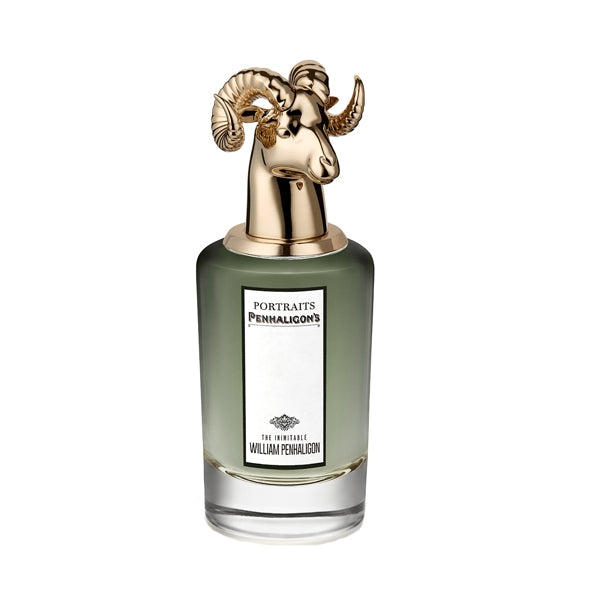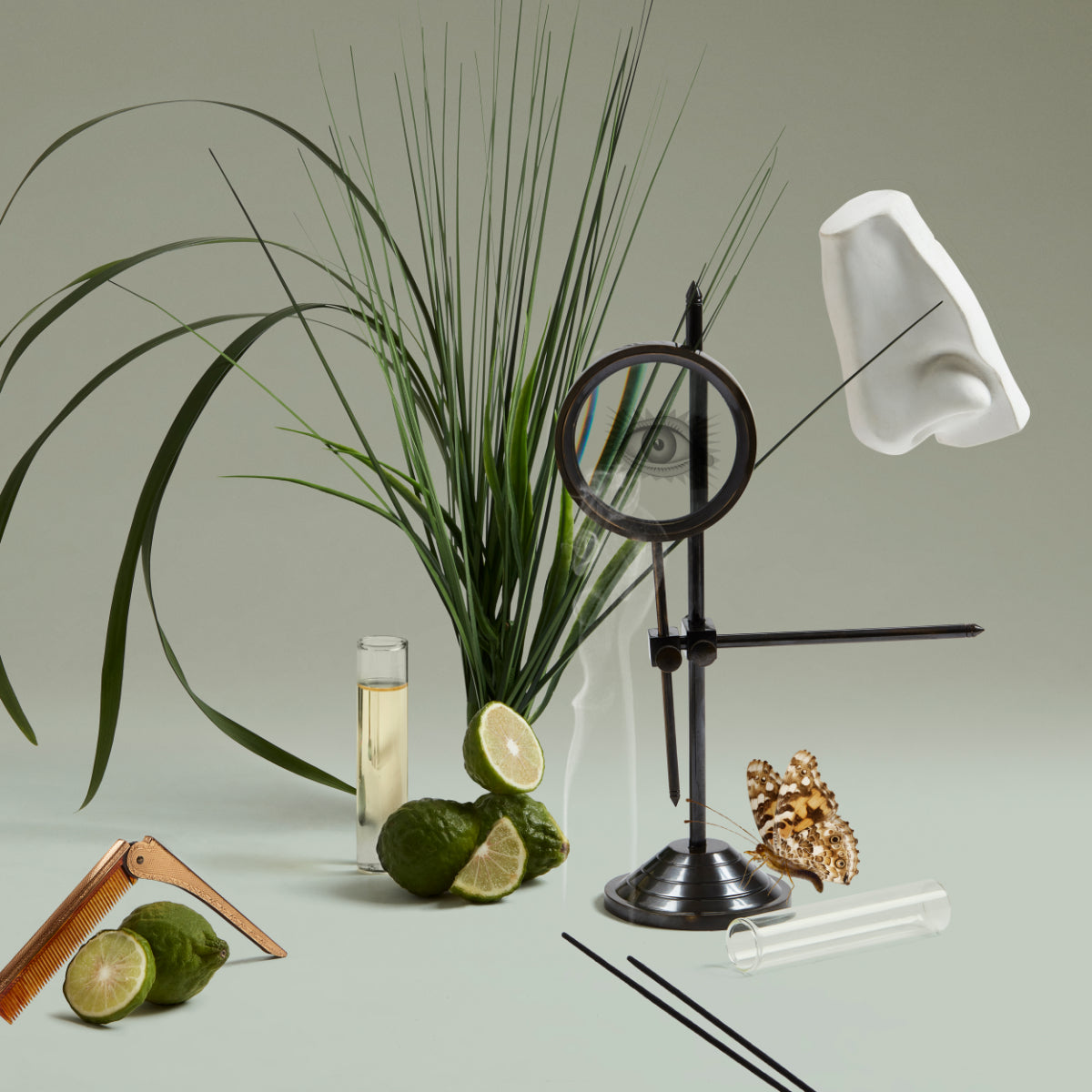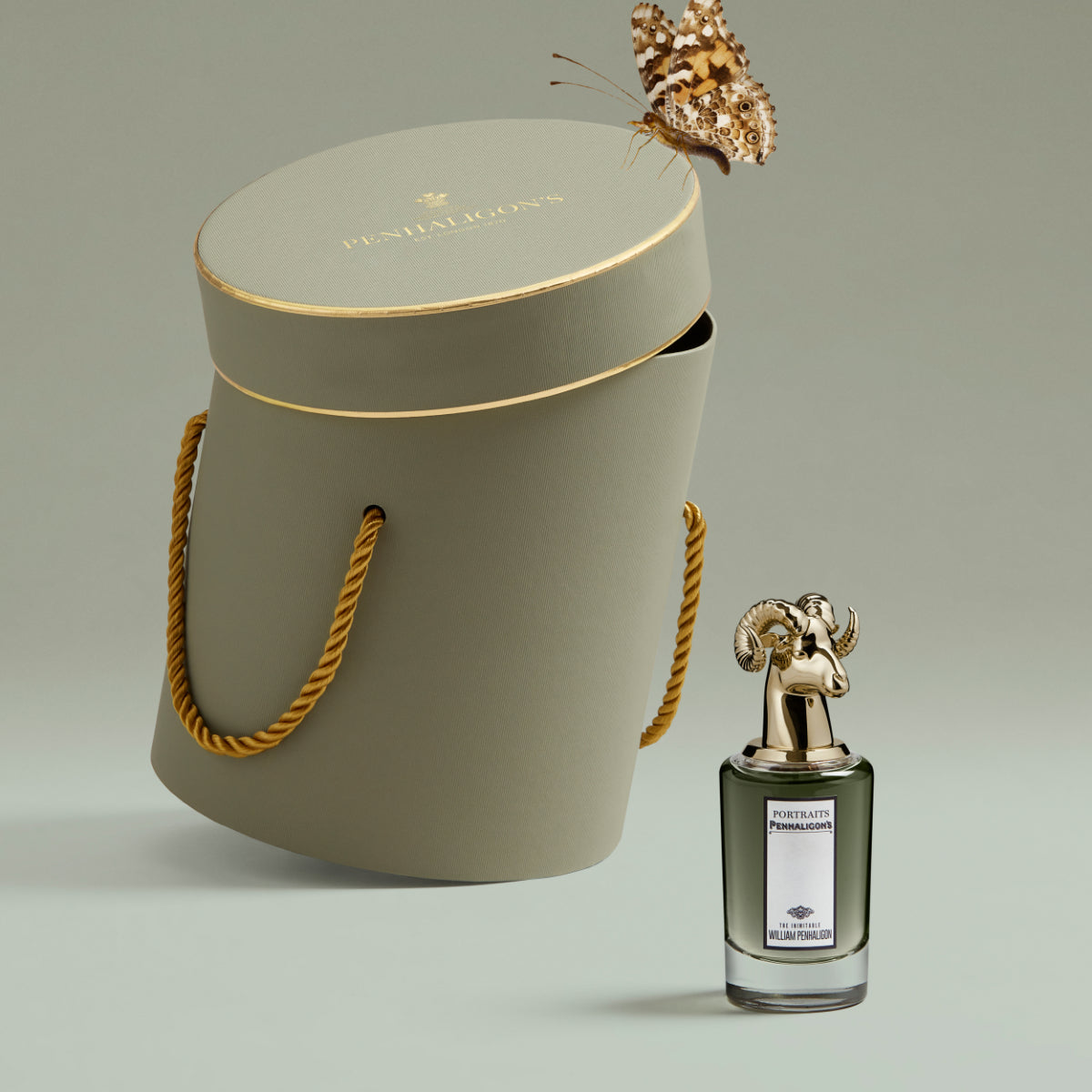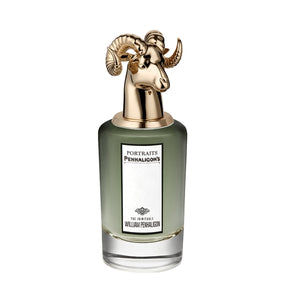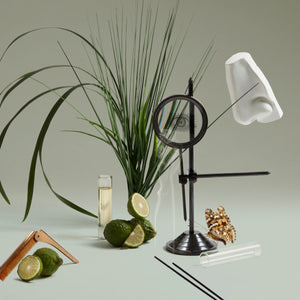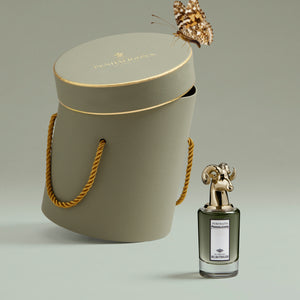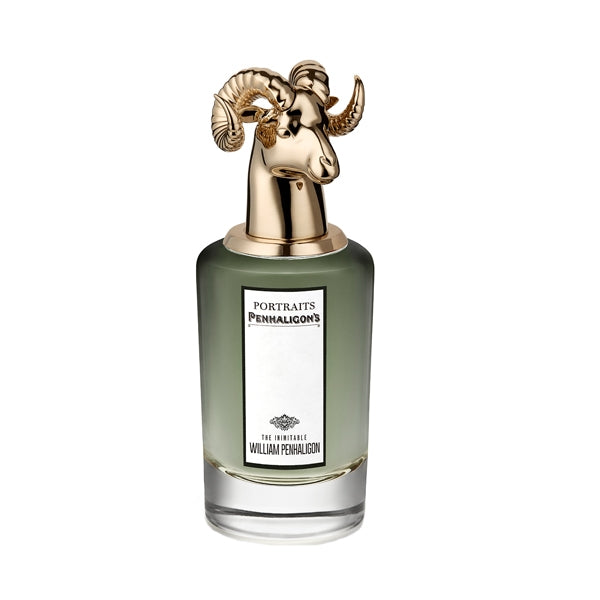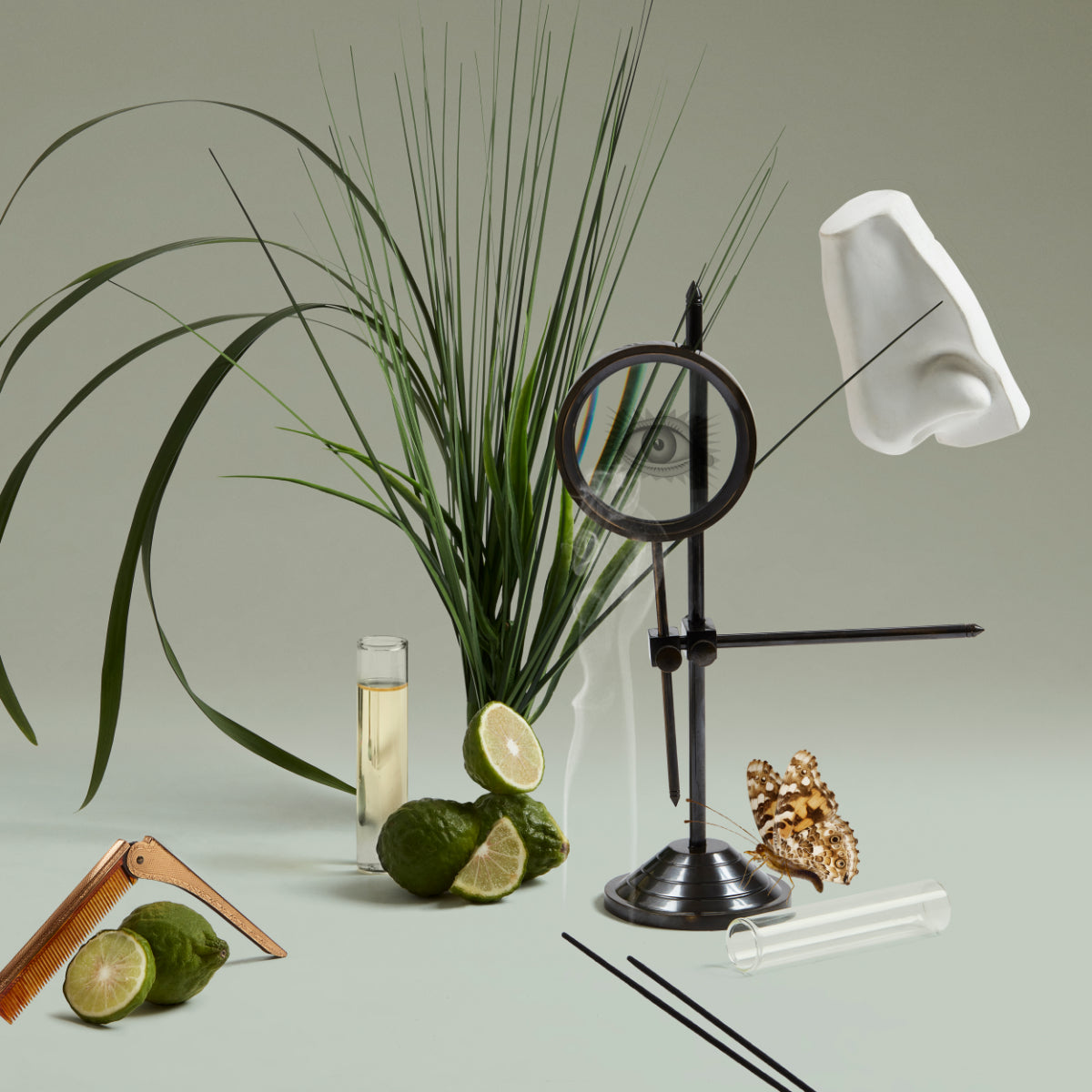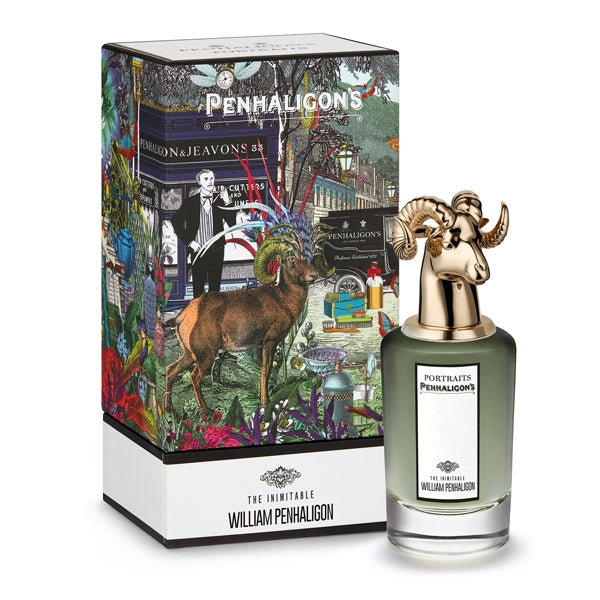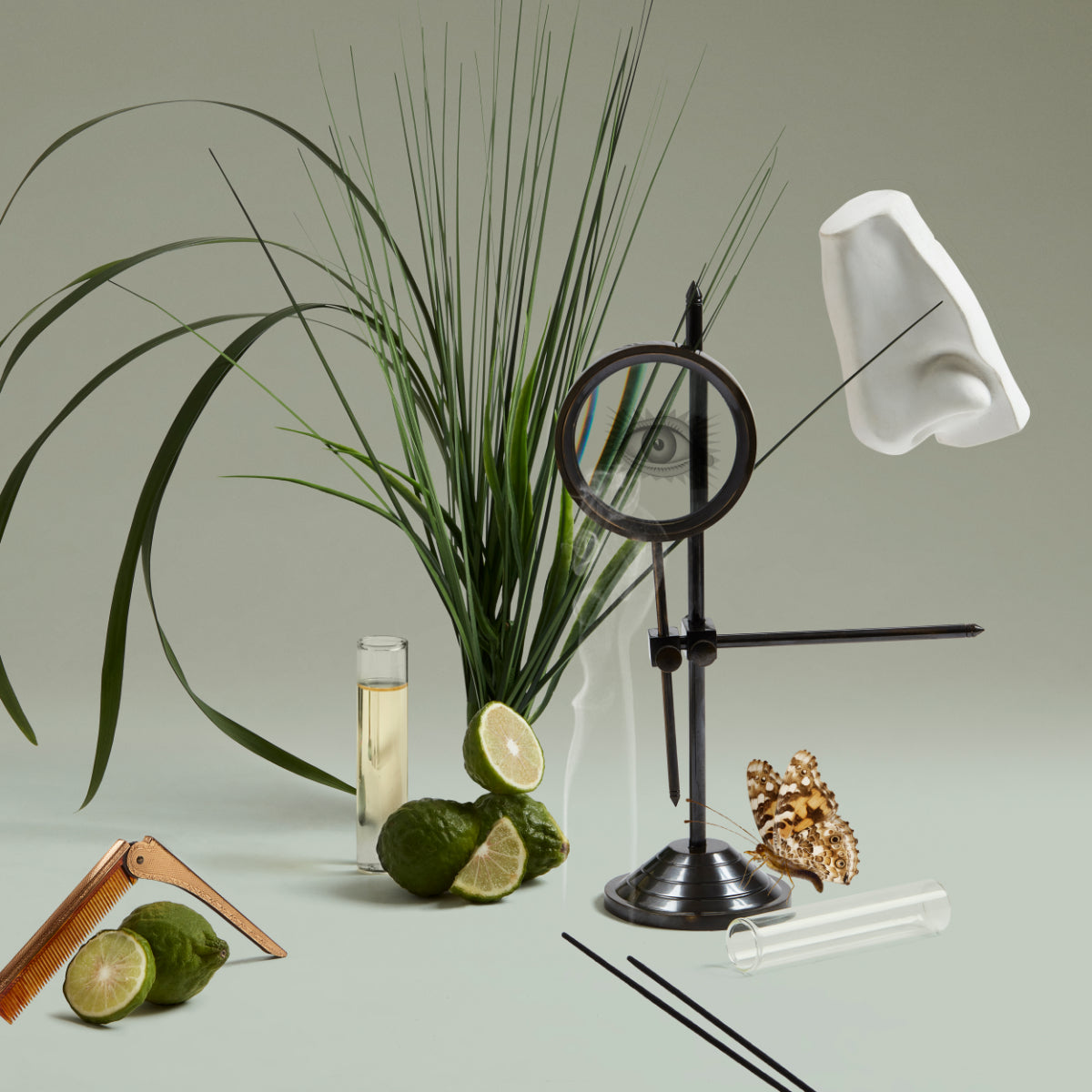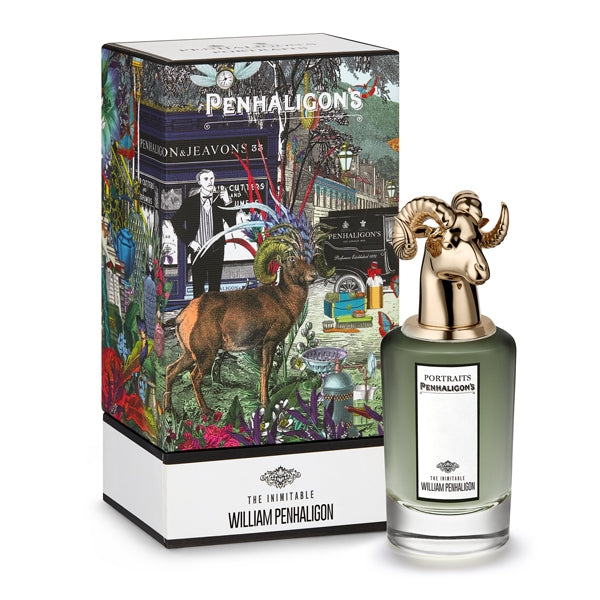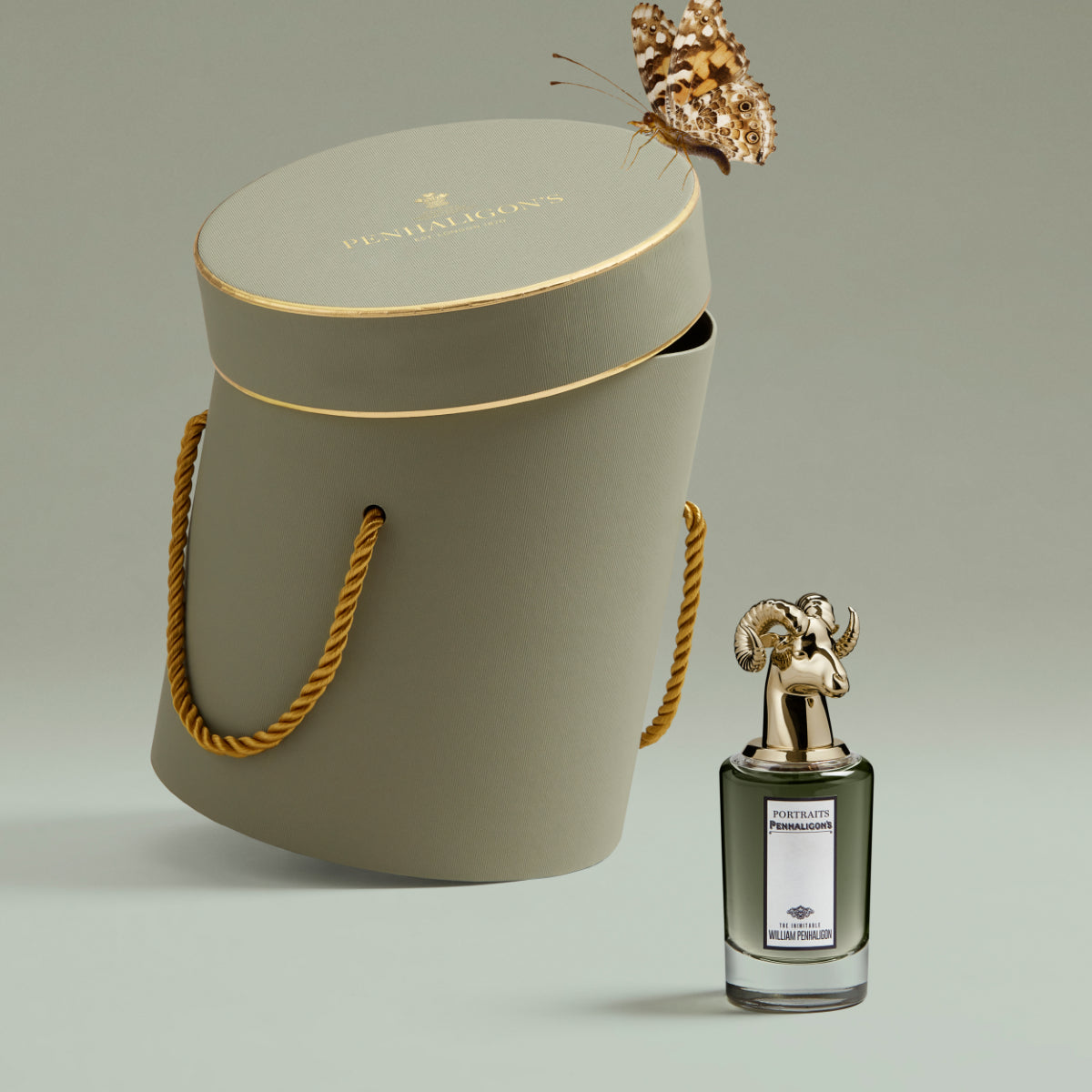When Mr Penhaligon created his first eau de cologne (for the royal family and the nobility), he had settled in Mayfair (the centre of Old World culture). Our revered Queen Victoria and the Shah of Persia soon wore his fragrance, and the request for appointment as royal purveyor was quickly granted by the royal court. The year was 1870, and the world was just discovering what would one day be his legacy. All of this is true.
Once upon a time, there was a Lady Blanche who thirsted for revenge. Lord George was quite concerned. Would Clandestine Clara turn his whole life upside down? Duchess Rose longed for adventure (of the hot kind). Terrible Teddy was up for anything, but his rise was usually preceded by someone else's downfall... William Penhaligon, the famous perfumer, was spending a weekend at the country estate of Lord and Lady George. Like every great artist, he felt compelled to create a portrait of each of them... All of this is wonderfully fictional.
His fragrance
A perfume for a gentleman. Sublime and elegant. Like a good friend, both stimulating and calming. Like great art and music, uplifting. Skilfully composed by experts with great attention to detail, the brushstrokes powerful and confident – William Penhaligon's own fragrance. Distinguished and unique. A timeless classic since 2020. At its heart is one of the most important ingredients in perfumery: vetiver. Earthy, warm and fresh. Blended into an oriental fragrance, the epitome of sophistication and elegance in the art of perfumery.
William Penhaligon
This is the story of a barber from Cornwall, William Penhaligon, who travelled to London and opened his shop on the street with the city's most outstanding tailors. He was appointed purveyor to the royal court and trimmed the beard of the Shah of Persia. At a time when personal grooming was taken very seriously and being a gentleman involved a great deal of effort.
Queen Victoria reigned, antiseptics were first used, and ankles were still considered provocative. This story takes place in the decade after the assassination of Abraham Lincoln, the opening of the Suez Canal and the founding of the London Fire Brigade. At the same time, Charles Dickens' novel ‘Great Expectations’, ‘Alice in Wonderland’, ‘War and Peace’ and ‘Das Kapital’ were published. We are in the year 1870. Inheritance, empire and portrait painting are the order of the day. Most of the time, anyway. All of this is tue.
Once upon a time...
Even if no one is quite sure when it all happened. Somewhere in the rolling hills of the English countryside, surrounded by majestic oak trees, the sun rises gently over a stately country estate whose foundations were laid shortly after the arrival of William the Conqueror. At least, that's the story.
Unburdened by politics and war, two or three domestic servants laboriously set about their work. They open the curtains, draw baths, beat carpets and light the stoves. Everything to prepare for the morning gathering of the family they serve. The preparations for breakfast are no more elaborate than for the other meals of the day. But the time available for all the work from dawn onwards is simply insufficient. The tension is enormous.
The family ...
Lord George and his family greet each other warmly and effusively in the morning. There is great joy at the first meeting of the day. What really lies behind the good manners of the British? Aristocracy? Perhaps it's time to find out. Incidentally, not all of the characters presented here sit down at the breakfast table on time. Some of them are late because the affairs of the night have kept them up... others would be better off not showing up at this formal breakfast at all. That would be highly inappropriate. But it's all about appearances.
By the way: none of this is true. But even if the characters are fictional, their relevance is not far-fetched. And their scent, their perfume – the scent of scandal – brightens up the rooms.
Portraits
What are the secrets of the British aristocracy?
Are its members really as well-mannered, polite and courteous as they seem? The portraits are a tribute to typical Englishness – somewhere between the establishment, humour and provocation. Discover the secrets of the British aristocracy in an eccentric collection of extraordinary fragrances.
The revolutionary bottle depicts each portrait by means of an animal head adorning the cap, representing the personality of the respective character. For the packaging of the portraits, artist Kristjana S Williams combined fragments of Victorian paintings with contemporary illustrations and colours.
The result is magical landscapes full of exotic creatures. The Icelandic artist graduated from the renowned Central Saint Martins in London. Her illustrations have won numerous awards and enjoy great popularity.

